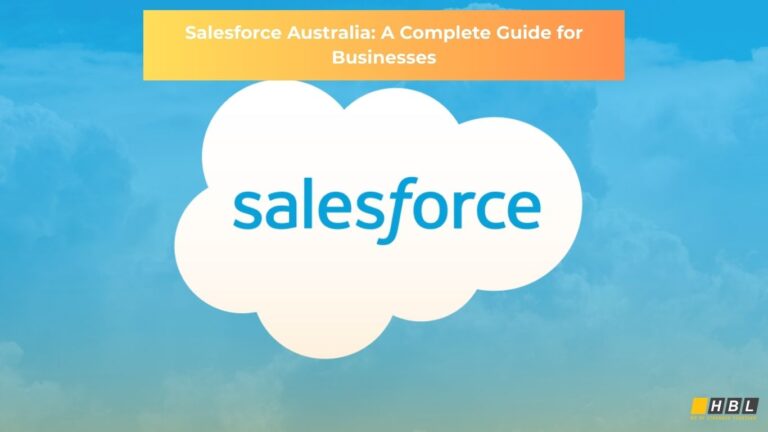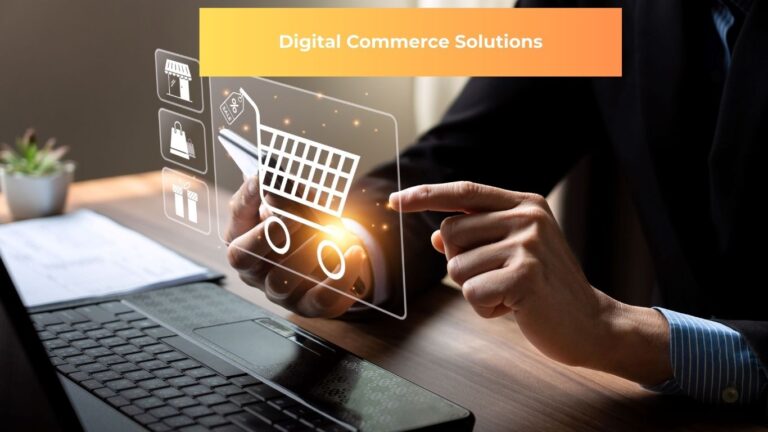Product design and packaging are critical. Whether you’re in a grocery store looking for coffee or exploring leather gloves online, the way a company presents its product will make an impression. How you construct your product listing in an e-commerce market is even more important than in person. Let’s talk about product listings, how to make them on the most prominent platforms (Spotify, Facebook, and Amazon), and the best methods to employ when creating an e-commerce product listing on your online storefront.
What is a Product Listing?
A product listing page (PLP) is a page that lists products that are for sale. A great product listing page should include the following elements:
- The cost
- Customer feedback
- Purchase alternatives
- Photographs and videos
- A detailed explanation
- Common product-related questions and answers
Because a buyer does not have the luxury of asking a store clerk about a certain item, it is critical to include all the above points. As a result, your web visitor gets access to all of the information they need to comprehend the product and make a purchase.
What is an E-commerce Product Listing?
Any goods offered for online purchase are considered an e-commerce product listing. In a retail e-commerce context, the majority of product listings are either Business to Consumer (B2C) or Consumer to Consumer (C2C). Any company that advertises its products on the internet storefront usually looks for a certain audience to buy from. Consumers can, however, establish product listings for their items on sites like eBay or Facebook Marketplace.
Here are some examples of e-commerce product listings:
- Retail: A firm that sells a product to a customer.
- Wholesale: A corporation that sells things in bulk to retailers for resale to customers.
- Subscription: A product or service that is sold to paid subscribers regularly.
- Digital Products: Digital items sold to consumers, such as online courses or software.
- Dropshipping: Products purchased on an online shop are shipped straight to the consumer from a third-party site.
The 4 Most Effective Product Listing Strategies for Increasing Sales
Now comes the exciting part. Assume you’re selling a product online, have a marketing budget, and want to make a profit. In that situation, incorporating the following tactics to enhance conversion rates and establish a well-oiled money-making engine is critical.
-
Conducting keyword research, writing detailed descriptions, and making your product stand out
Keyword research is essential for establishing a successful product listing that your target audience will discover. Suppose you employ non-confirmed search volume keywords in your title and description. In that case, your product will never display in search engines for your target audience because it does not match their relevant results.
First, determine the root keyword for the product you’re selling. The root keyword for “alligator belt” in our preceding example would simply be “alligator belt.” We can conduct keyword research using a program like SemRush to determine the best approach to title our product based on verifiable criteria. The various metrics to consider for a keyword include:
- Volume: The average monthly number of searches for a certain term over a period of 12 months.
- Trend: The interest of searchers in a certain keyword over the course of a year.
- Keyword Density (K.D.): The phrase difficulty index (ranging from 1 to 100%) indicates how challenging it would be to outrank your competitors in Google’s organic top 20 for a particular keyword. The greater the percentage, the more difficult it will be to obtain maximum results for each desired keyword.
- Cost-Per-Click (CPC): The average amount in USD that marketers pay for a user clicking on an ad triggered by a specific term (Google Ads).
Long-tail keywords with low CPC and competitive density but high monthly search volume are ideal for your product. In this case, the competition for most of our top keywords is exceptionally high. We can, however, use descriptive, long-tail keywords with reduced competition to boost our chances of ranking.
Make sure your target keywords are included in your URL (the shorter, the better) and photo alt tags. Also, write an engaging meta and product description that emphasizes the benefits, use emotional language, and make your product stand out. You’re not selling anything. You’re promoting an experience. Pretend you just had the best lunch of your life and are telling a friend about it. You’re not necessarily trying to sell them on the food. Instead, you’re enthusiastically describing your wonderful experience. Help them imagine what it was like, and they’ll be motivated to go.
-
Include a variety of videos and images
In digital marketing, video is rapidly becoming the most prominent and essential form of media. Video is the most effective kind of material for selling items and services. The impact of video cannot be overstated. When purchasing something online, 96% of consumers find videos helpful, and 73% of U.S. adults are more inclined to make a purchase after seeing a product or service video.
When shopping online, visitors expect to see videos and graphics. According to a Salsify 2019 report, U.S. digital customers expect an average of six images and three videos when purchasing online. Customers do not have the luxury of reading a box or touching your goods in person. Therefore it is critical to include high-resolution photographs and videos highlighting the product’s benefits and describing how it works.
Begin with the product’s benefits and explain why it is the most effective on the market. Include basic instructional pictures to help visitors understand your product’s operation and market superiority. Invest in high-quality product photos that effectively summarize your product’s unique selling points, benefits, and instructions. Don’t forget to include a nice video showing your product in action.
-
Encourage Product Reviews
Product reviews are critical for building trust with your audience and lowering their action barrier. A person may like a product, but they should be suspicious if they are unfamiliar with the brand. However, suppose they discover that the product has received over a hundred evaluations with an average rating of four and a half stars. In that situation, consumers can trust your brand because of the acceptance of other customers, which proves that it is a superior product.
Reviews reveal if a product or service is good or bad. “A great ad campaign will make a bad product fail faster,” ad legend Bill Bernbach once stated. It will make more people aware of the problem.” Reviews are critical if you offer a product, and a few basic testimonials can help you create a relationship with a potential customer. If someone is looking for a service, simply posting a good quotation from a previous client along with a picture on their website will help validate your business and elevate the brand.
After you’ve published your Amazon listing and made some sales, you can improve your product page. Examine your customer reviews to see what others are saying. If a particular feature is frequently referenced, you might want to try changing some of the content on your website to highlight it. Analyzing your product reviews is a great approach to adding new unique selling factors that will attract and convert new visitors. It’s called free market research!
-
Urgency and Scarcity
To increase conversions, great marketing must employ effective sales methods. Effective sales include three critical elements: urgency, scarcity, and a straight-line approach to building rapport. You must establish a time limit for your offering and give the impression that what you have to offer will not last long.
Guess what happens when you present a product with an open-ended, I-can-buy-this-whenever-I-feel-like-it price? They will not feel tempted to buy the product. Increasing the diversity of your rates is a smart approach to persuade your customers to buy once they are on your page.
In the legendary words of David Foster Wallace, “it did what all ads are supposed to do: create anxiety relieved by purchase.” You must be on the go with your items, and when you are in front of your consumer, you must persuade them that you will be leaving shortly and that if they do not buy NOW, yes NOW, the train has sailed, and they have missed their chance.
Supreme is the peak of superb sales methods and branding. They have a modern and appealing brand based on genuine scarcity and urgency. They are only available in limited quantities at specific times. If you miss the opportunity to purchase, you will not receive your supreme hoodie, lifevest, headband, or shovel. They put the Supreme label on anything and sell it for ridiculously high prices, yet they always sell out.




